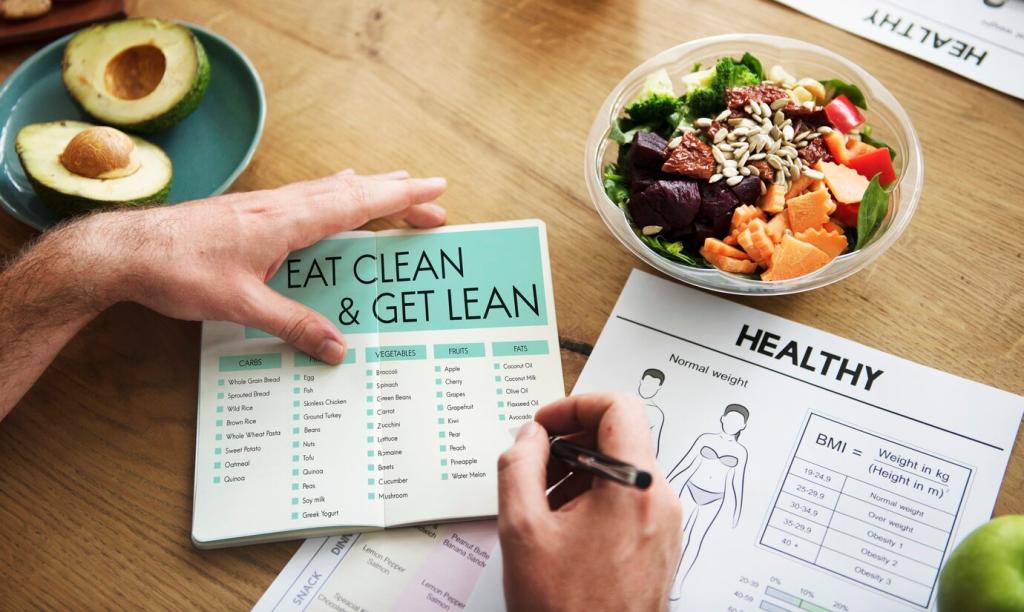Supplements: Do You Really Need Them for Fitness?



What Science Actually Supports
Creatine monohydrate reliably boosts high‑intensity performance and strength by increasing phosphocreatine stores. Most adults do well with three to five grams daily, no loading required. It’s among the most studied supplements, generally safe for healthy people. Track lifts and sprints for four weeks, then judge your results.
Progressive overload, enough calories, and sufficient protein drive growth. Creatine may add reps and training volume over time. Casein before bed can support overnight recovery. Still, sleep and consistent programming beat any powder. Comment with your current split, and we’ll suggest a recovery routine to try.
When Goals Shape the Decision
Safety, Legality, and Quality Control
Look for the exact ingredient form and dose, not vague proprietary blends. Third‑party testing seals—such as NSF Certified for Sport or Informed Choice—reduce contamination risks. Simpler formulas with transparent amounts beat flashy names. Drop a label you’re unsure about, and we’ll help you decode it together.

Smart Spending: Stretch Your Fitness Budget

Cost‑per‑benefit, not hype‑per‑serving
Creatine often costs pennies per day for tangible strength benefits. A basic whey offers affordable protein per 25 grams. Fancy pre‑workouts can hide overpriced caffeine behind flashy names. Compare price to evidence and convenience, not marketing. Share your current stack and budget—let’s trim waste together.

A minimalist starter stack
If your diet and training are dialed, consider creatine, caffeine from coffee, and electrolytes for long hot sessions. Vitamin D only if a test shows deficiency. Everything else is optional, goal‑dependent, or uncertain. What would your minimalist setup look like for the next eight weeks? Tell us.

Spot the red flags instantly
Beware miracle claims, proprietary blends without doses, detox buzzwords, and unrealistic before‑after photos. Check return policies, certifications, and ingredient transparency. If the pitch feels urgent and emotional, pause. Post the most outlandish claim you’ve seen lately—we’ll fact‑check it with the community.
Stories, Myths, and Your Questions
One athlete obsessed over supplements while skipping meals and sleep. Another focused on training, food, and recovery first, adding creatine later. Twelve weeks in, the second athlete out‑lifted the first by staying consistent. Moral: fill the basics basket before sprinkling extras. Which basket are you filling today?
Stories, Myths, and Your Questions
Myth one: more protein automatically equals more muscle—without training stimulus, it doesn’t. Myth two: “natural” always means safe—hemlock is natural. Myth three: pre‑workout is required—performance hinges more on sleep, carbs, and mindset. Share a myth you believed once and what replaced it for you.


